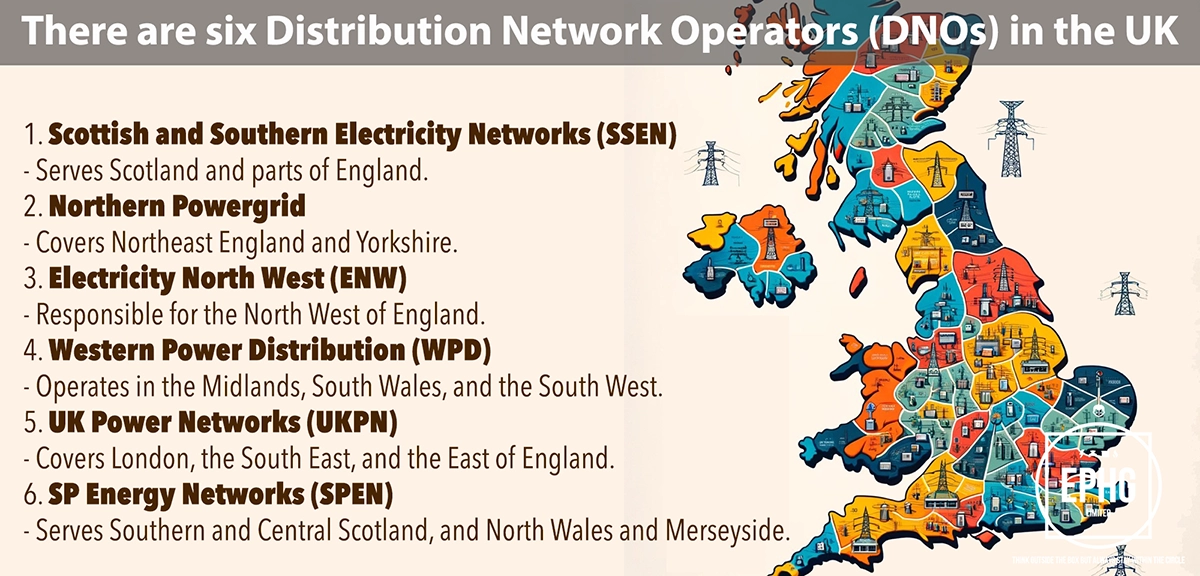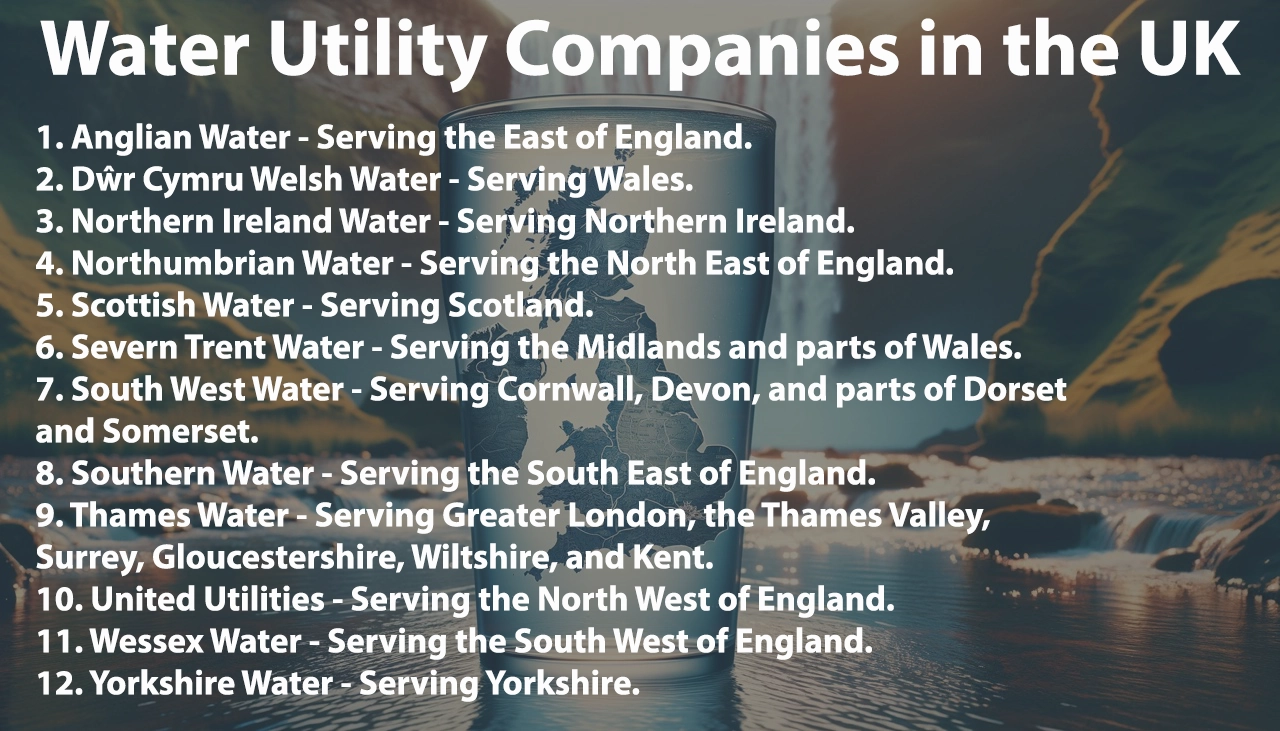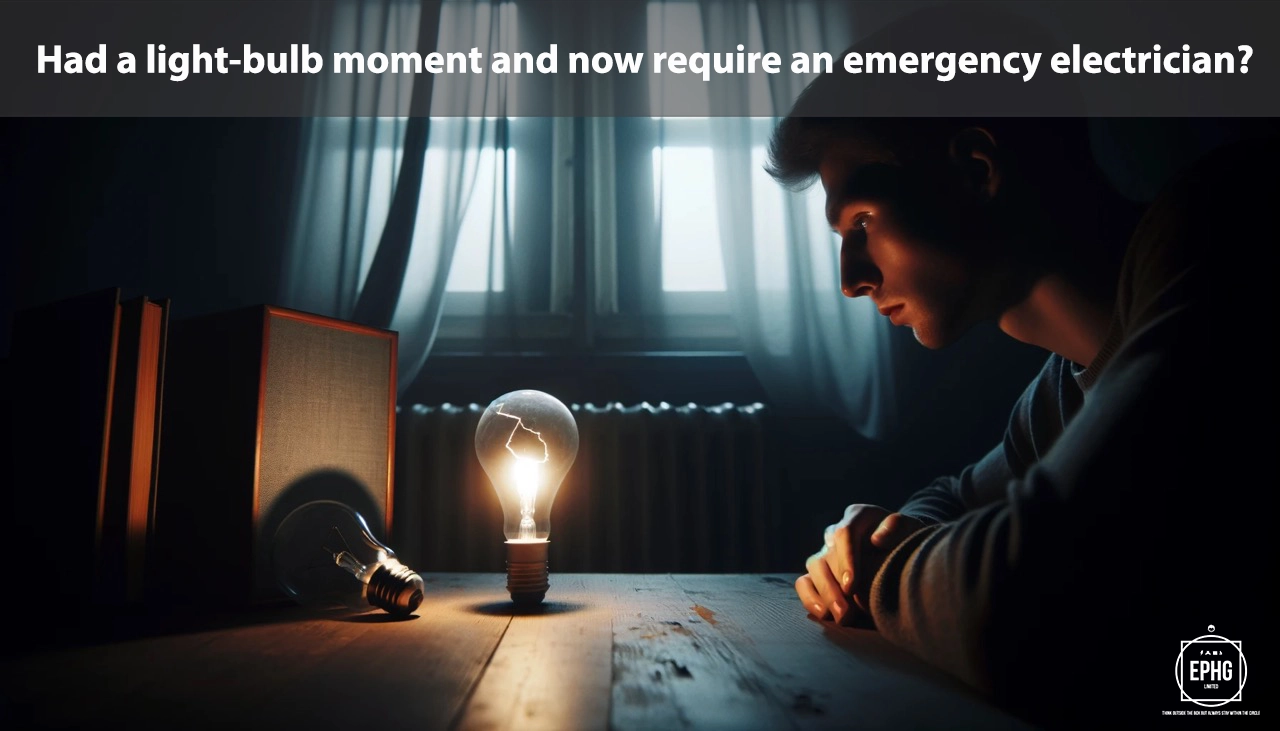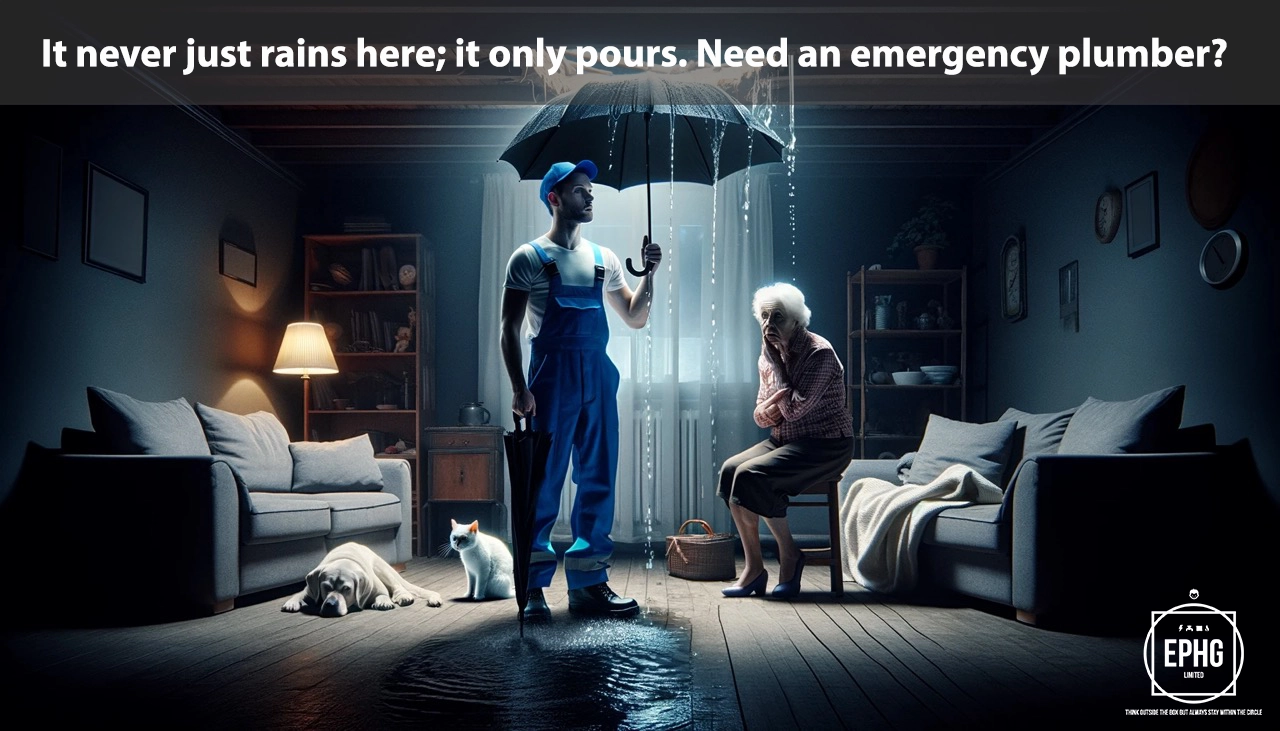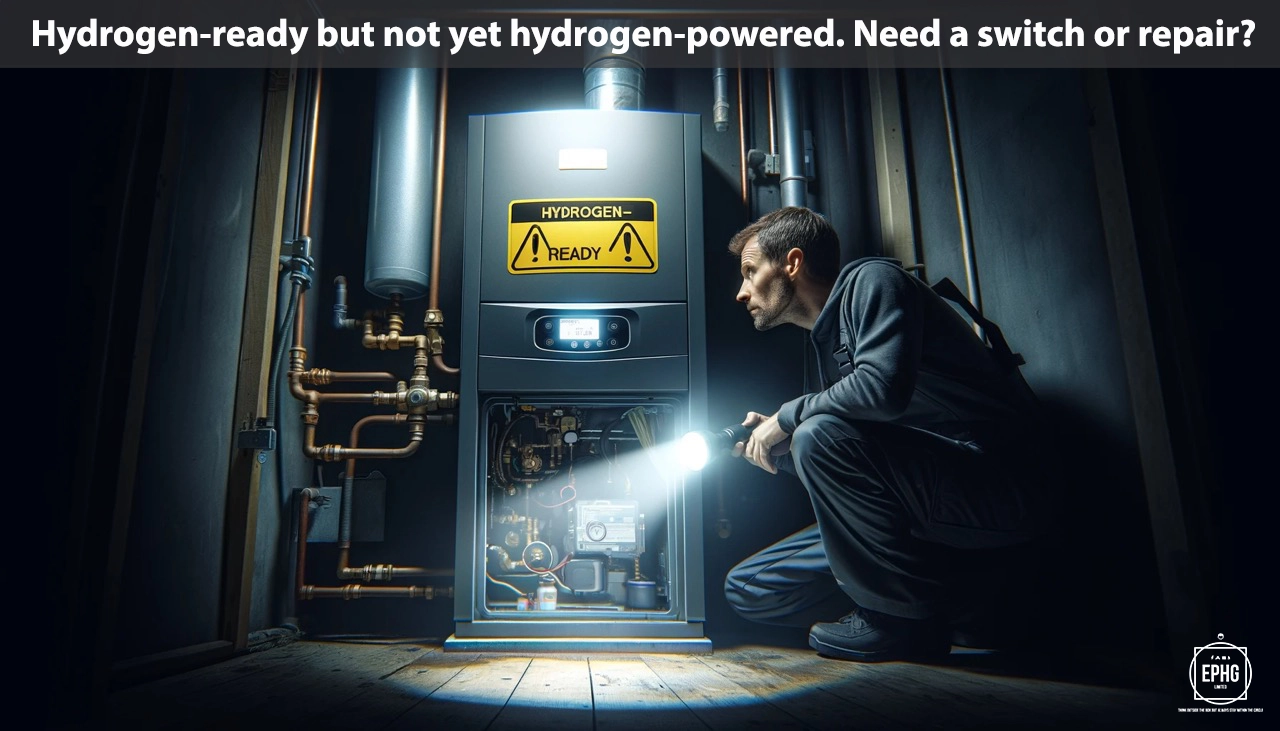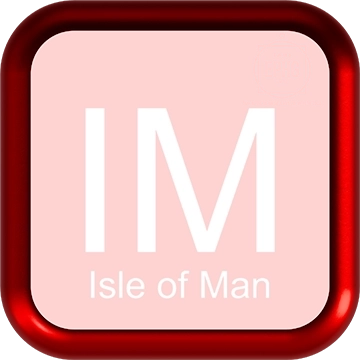
IM Postcodes for Utilities & Services on the Isle of Man
Introduction: The IM postcode area, encompassing the entire Isle of Man, offers distinct insights into the island's utilities, including water and electricity, alongside other essential information for its residents and visitors.
Water on the Isle of Man
Where does the water supply come from on the Isle of Man and is there ever a shortage of water?
On the Isle of Man, the primary water supply is sourced from natural reservoirs, rivers, and boreholes across the island. Notable rivers such as the River Douglas and River Sulby play crucial roles in providing freshwater, which is collected in reservoirs before being treated and distributed. While the Isle generally maintains a stable water provision, it can face challenges during dry spells and peak tourist seasons, leading to increased water demand. The Manx Utilities Authority manages the island's water resources and infrastructure, implementing water-saving measures and urging residents to conserve water during times of scarcity to ensure a continuous supply.
What is the hardness & quality of the water on the Isle of Man and can this affect your health?
The water in the Isle of Man is generally soft, benefiting from the island's granite and slate geology, which results in lower concentrations of calcium and magnesium. This means residents enjoy less scaling in appliances and more effective soap and detergent usage. The island's water is rigorously tested to meet stringent safety and quality standards, ensuring it is safe for all household uses. While soft water is beneficial for general health and well-being, and can aid those with skin conditions, it contains fewer minerals than hard water. However, the Isle of Man's water quality is closely monitored to ensure it remains safe and pleasant for consumption and use, with the island's authorities committed to maintaining these high standards.
Electricity on the Isle of Man
Where does the electric supply come from on the Isle of Man and what is the future of energy there?
The Isle of Man's electricity supply is predominantly generated through a mix of gas turbines and renewable sources, with a minor portion imported via undersea cables. Recent years have seen a notable shift towards greener energy sources, with solar, wind, and hydroelectric power playing increasingly significant roles. The Isle is particularly focusing on harnessing wind and sea power, given its coastal location and windy climate. Plans are in place to expand these renewable energy sources further, aiming for a more sustainable and self-sufficient energy future. The government's commitment to reducing carbon emissions and promoting renewable energy aligns with global environmental goals, positioning the Isle of Man as a leader in clean energy development within the British Isles.
When is hydrogen coming to gas boilers on the Isle of Man?
The Isle of Man is exploring the integration of hydrogen technologies as part of its strategy to reduce carbon emissions and foster a sustainable energy future. While a detailed timeline for the widespread adoption of hydrogen gas boilers is not yet available, pilot projects and studies are in motion. The island aims to follow in the footsteps of larger national projects, adapting its infrastructure to support hydrogen energy. This transition aligns with global trends towards greener, more sustainable energy solutions. Residents are encouraged to stay updated with the latest developments and consider energy-efficient improvements to their homes in preparation for future advancements.
Where Does the Wastewater Go on the Isle of Man?
Wastewater treatment is a critical component of the Isle of Man's infrastructure, ensuring the protection of the environment and public health. The island has several treatment facilities, where wastewater from homes, businesses, and industry is processed. Advanced treatment processes remove contaminants before the cleaned water is released back into the local marine environment, including the Irish Sea. These processes adhere to strict regulations to ensure the protection of marine life and the surrounding natural habitats. The Isle of Man continues to invest in its wastewater infrastructure to support sustainable growth and environmental well-being, reflecting its ongoing commitment to maintaining a clean and healthy island for future generations.
Regions and Services:
The IM postcode covers a unique blend of landscapes, from the bustling capital of Douglas to the tranquil countryside and coastal villages. Key regions include:
- Douglas: The vibrant heart of the Isle of Man, leading in urban utilities development with comprehensive electrical and gas services.
- Peel, Ramsey, and Castletown: Historical towns that blend modern amenities with rich cultural backgrounds, featuring a mix of traditional and renewable energy sources.
- Port Erin, Laxey, and Onchan: Coastal and countryside villages where there is an increasing focus on sustainable living and the integration of renewable energy projects to complement existing utilities.

Regions within the IM Postcode
Douglas and Surrounding Areas
- IM1: Douglas, the capital and largest town, serving as the main hub for business, finance, and cultural activities.
- IM2: Onchan, Douglas Outer areas, including residential and business districts.
- IM3: Castletown, Ballasalla, Port Erin, Port St Mary, the ancient capitals and charming seaside towns.
- IM4: Peel, St John's, Kirk Michael, Baldrine, rural and scenic areas known for their heritage and community spirit.
Northern and Western Villages
- IM5: Peel, Glen Vine, and surrounding areas, known for historic sites and vibrant communities.
- IM6: Ramsey, Andreas, Kirk Andreas, Sulby, and other northern locales, offering a mix of agricultural and coastal settings.
- IM7: Ramsey again with Lezayre, Bride, Maughold - diverse areas combining coastal beauty with lush countryside.
- IM8: Laxey, Lonan, Maughold, key locations for their historic and natural beauty.
Eastern and Southern Regions
- IM9: Ballabeg, Colby, Port Erin, Port St Mary, Castletown, diverse areas featuring everything from historic towns to tranquil countryside.
- IM99: Douglas, used specifically for PO Boxes and large organizations.
